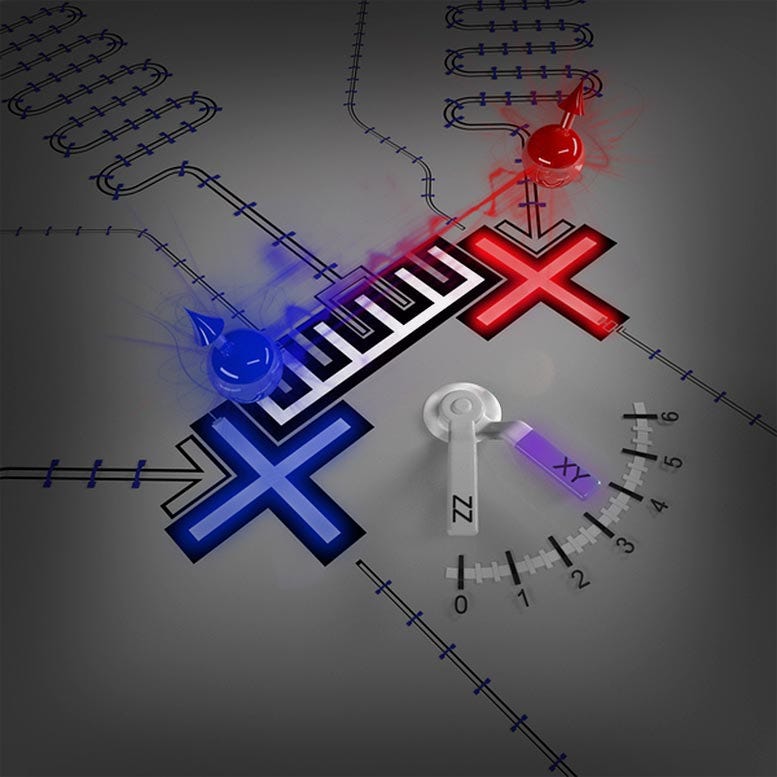Quantum Computing: MIT's Groundbreaking Advances in Error Reduction
Written on
Introduction to Quantum Computing Innovations
Recent advancements in quantum computing are reshaping the technological landscape. Notably, researchers at MIT have introduced a method to significantly diminish common errors associated with two-qubit operations, which are crucial for quantum algorithms.
“Despite tremendous progress toward being able to perform computations with low error rates with superconducting quantum bits (qubits), errors in two-qubit gates, one of the building blocks of quantum computation, persist. We have demonstrated a way to sharply reduce those errors.”
~ Youngkyu Sung, Lead Author of the Paper
The Evolution of Quantum Networks
This year has seen remarkable developments in the realm of quantum technology. One notable achievement was the establishment of the World’s First rudimentary Quantum Network by Dutch researchers, linking three quantum processors together. Additionally, the creation of the World’s First Multi-chip Quantum Processor by Rigetti Computing has added to the momentum.
The video discusses the potential and challenges of quantum computing, providing insights into the future of this technology.
Addressing Quantum Errors
As quantum processes rely on highly sensitive qubits, even minor temperature fluctuations can lead to decoherence, hampering their performance. To combat this issue, the MIT team previously proposed the use of tunable couplers, which enable the on-and-off control of two-qubit interactions while safeguarding the delicate nature of qubits.

However, despite the advantages of tunable couplers, residual unwanted interactions between qubits and couplers still posed challenges. These interactions, which were often overlooked, became more problematic as the number of qubits and gates increased, hindering the development of larger-scale quantum processors.
Improved Techniques for Quantum Robustness
The research team has now utilized higher energy levels of the coupler to effectively cancel out these unwanted interactions. This innovative approach is expected to enhance the reliability of quantum computations, thus contributing to the advancement of next-generation quantum computers.
The second video highlights the intersection of quantum computing and artificial intelligence, showcasing the potential future applications of this technology.
Conclusion
The groundbreaking technique developed at MIT represents a significant step toward overcoming the high error rates in two-qubit gates, which have long limited the capabilities of existing quantum hardware. The findings were published in the Journal of Physical Review X, marking a crucial milestone in the journey toward a robust quantum future.
